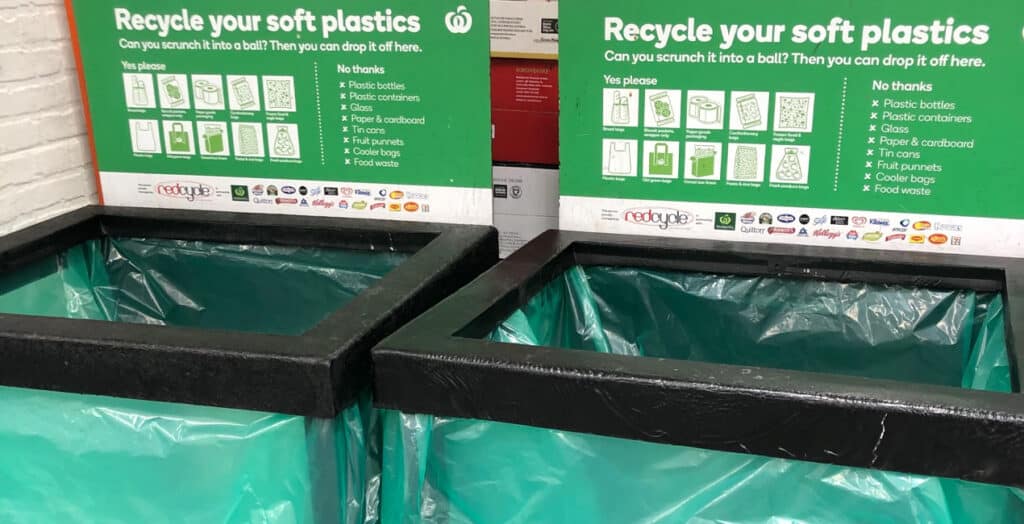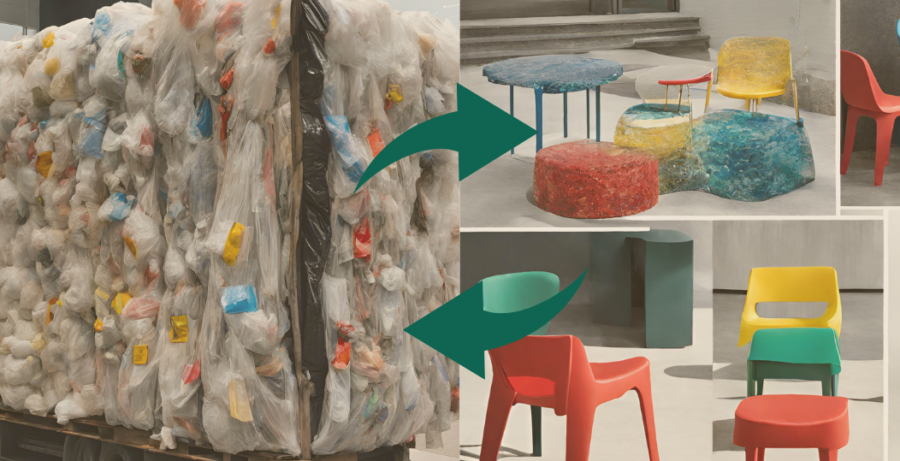|
Pre-consumer waste
|
Post-consumer waste
|
1. Source
|
Waste typically generated by internal manufacturer’s operations (eg. Offcuts).
|
Waste generated typically by end market use (outside manufacturer’s operations).
|
2. 2025 NPT
|
Does not contribute to 2025 targets.
|
Contributes to 2025 targets.
|
3. Environmental impact
|
Manufacturers will recycle and reuse them anyway as part of their operational efficiency measures to reduce production costs.
|
If not recovered and recycled, this post-consumer recycled waste typically goes to landfill which generates greenhouse gas emissions. It also represents waste of economic resources that could be repurposed.
|
4. Recycling
|
Does not require washing line and substantial capital expenditure to recycle this waste.
|
Different ways to recycle this depending on a number of factors:
-
Mechanical recycling (most preferred)
-
Advanced recycling (where soft plastics waste mix are extremely difficult to sort)
|




